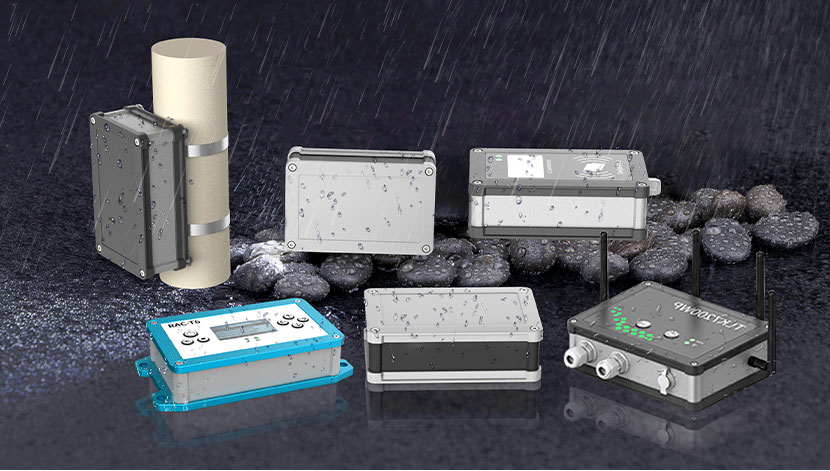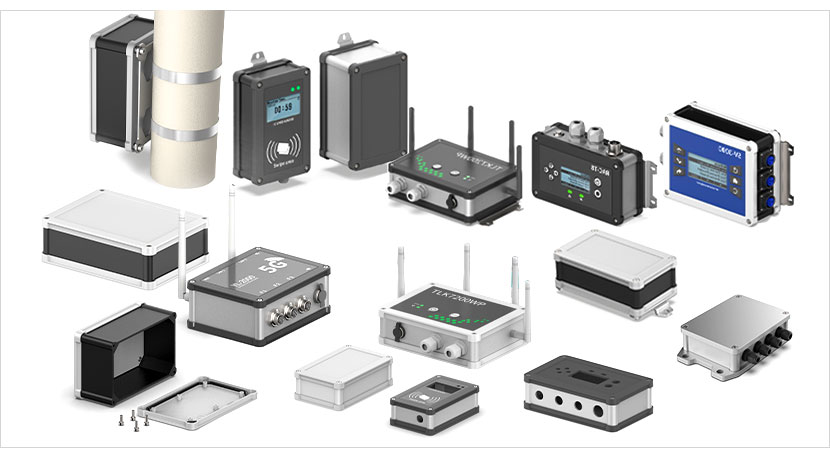In today's interconnected world, the Internet of Things (IoT) has revolutionized how devices communicate and operate. At the heart of every IoT device lies a crucial component often overlooked yet essential—the IoT enclosure. Let's delve into the significance of IoT enclosures, their features, design considerations, applications, and how to choose the right one for your needs.
IoT Enclosures: Definition & Importance
IoT enclosures are protective cases or housings designed specifically for IoT devices. They play a critical role in safeguarding sensitive electronic components from environmental factors such as dust, moisture, heat, and physical damage. These enclosures are pivotal for ensuring the reliability and longevity of IoT systems.
Role in IoT Device Protection
The primary function of an IoT enclosure is to shield electronic components from external hazards, maintaining optimal functionality and extending the lifespan of the devices. Enclosures also help manage heat dissipation and electromagnetic interference, enhancing overall performance.
Key Features of IoT Enclosures
Durability and Material Choices
IoT enclosures are crafted from robust materials like aluminum, stainless steel, or polycarbonate to provide durability and protection against harsh conditions. The choice of material depends on factors such as application environment and desired lifespan.
Weather Resistance and Environmental Protection
IoT devices often operate outdoors or in industrial settings where they are exposed to varying weather conditions. Enclosures with weatherproof ratings (IP ratings) ensure resistance to water, dust, and other environmental elements, maintaining device integrity.
3. Design Considerations for IoT Enclosures
Size and Form Factor
IoT enclosures come in various sizes and form factors tailored to accommodate specific device dimensions and components. Compact designs optimize space utilization, which is ideal for constrained installations.
Mounting Options and Accessibility
Considerations like mounting options (wall mount, DIN rail, pole mount) and accessibility features (hinged doors, quick-release mechanisms) are crucial for ease of installation, maintenance, and device accessibility in diverse applications.
4. Applications of IoT Enclosures
Industrial IoT (IIoT)
In industrial settings, IoT enclosures protect sensors, controllers, and communication modules deployed for monitoring and control applications. These rugged enclosures ensure reliability in demanding environments such as manufacturing plants, refineries, and utilities.
Smart Home and Consumer Electronics
IoT enclosures in smart home devices safeguard sensitive electronics in thermostats, security cameras, and smart appliances, ensuring seamless connectivity and functionality while blending with modern home aesthetics.

5. Choosing the Right IoT Enclosure
Factors to Consider:When selecting an IoT enclosure, consider factors such as environmental conditions, required ingress protection (IP) rating, thermal management needs, and integration compatibility with sensors and communication modules.
Customization and Integration: Customizable enclosures offer tailored solutions to meet specific application requirements, enabling seamless integration of components while maintaining optimal performance and aesthetics.
Conclusion
IoT enclosures are indispensable components that ensure the reliability, functionality, and longevity of IoT devices across various industries and applications. Choosing the right enclosure involves careful consideration of environmental factors, device specifications, and integration needs. By prioritizing quality and compatibility, businesses can optimize IoT deployments for enhanced efficiency and performance.




